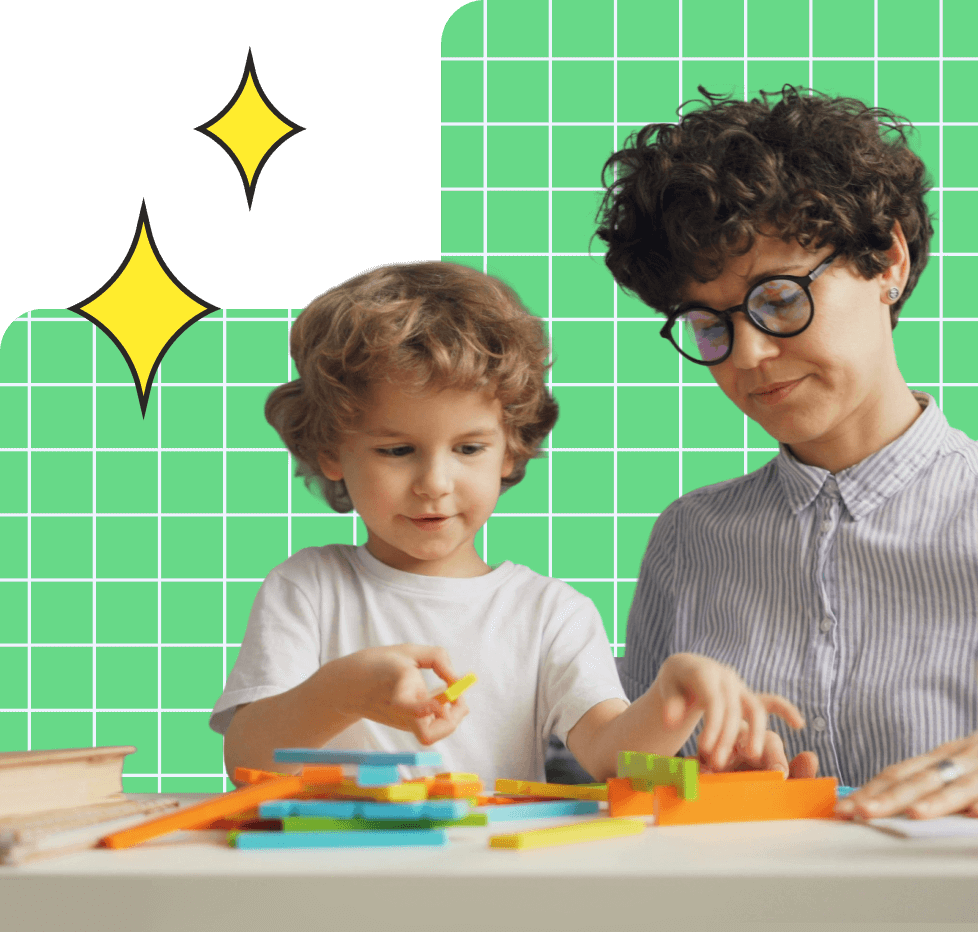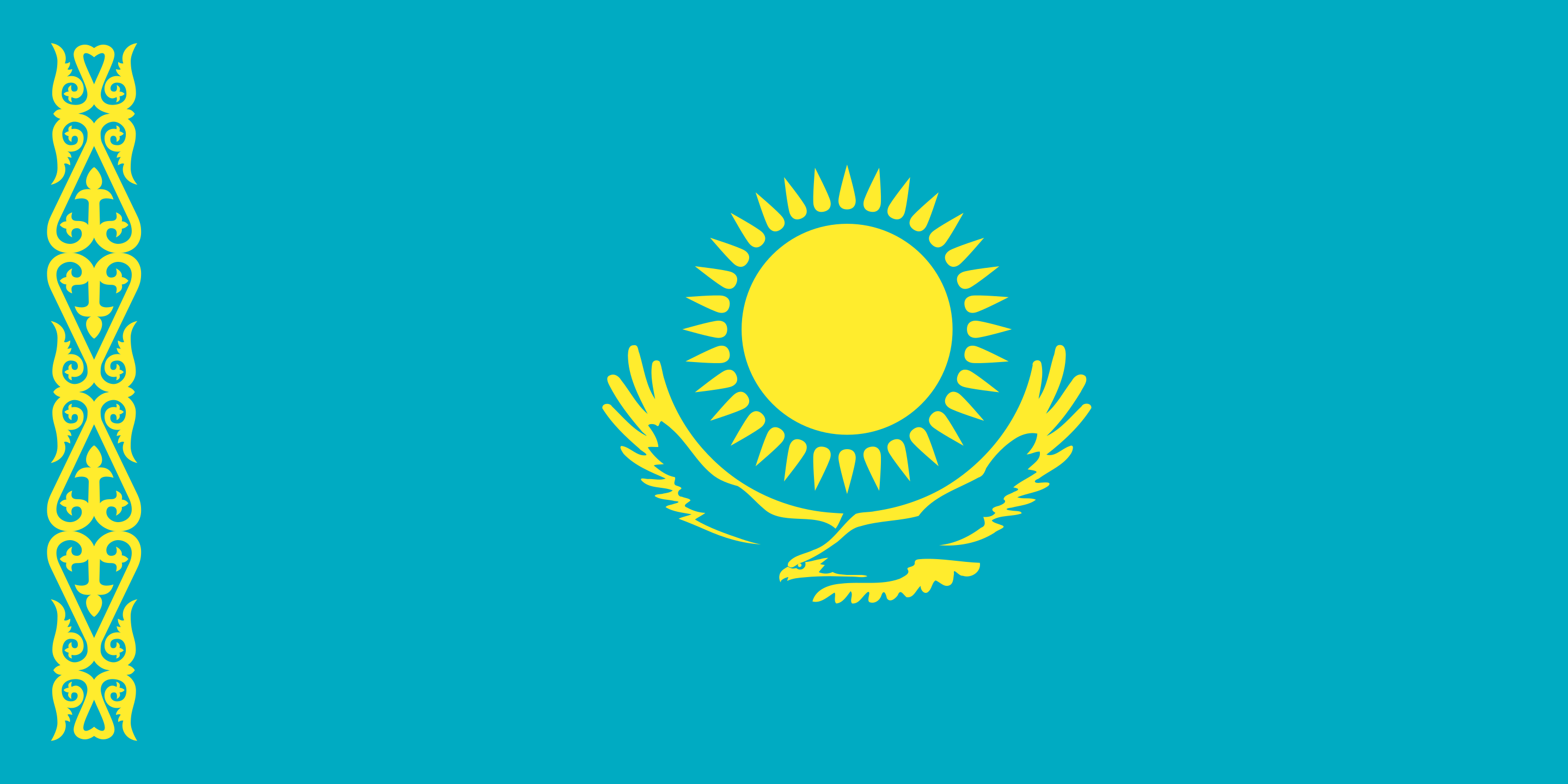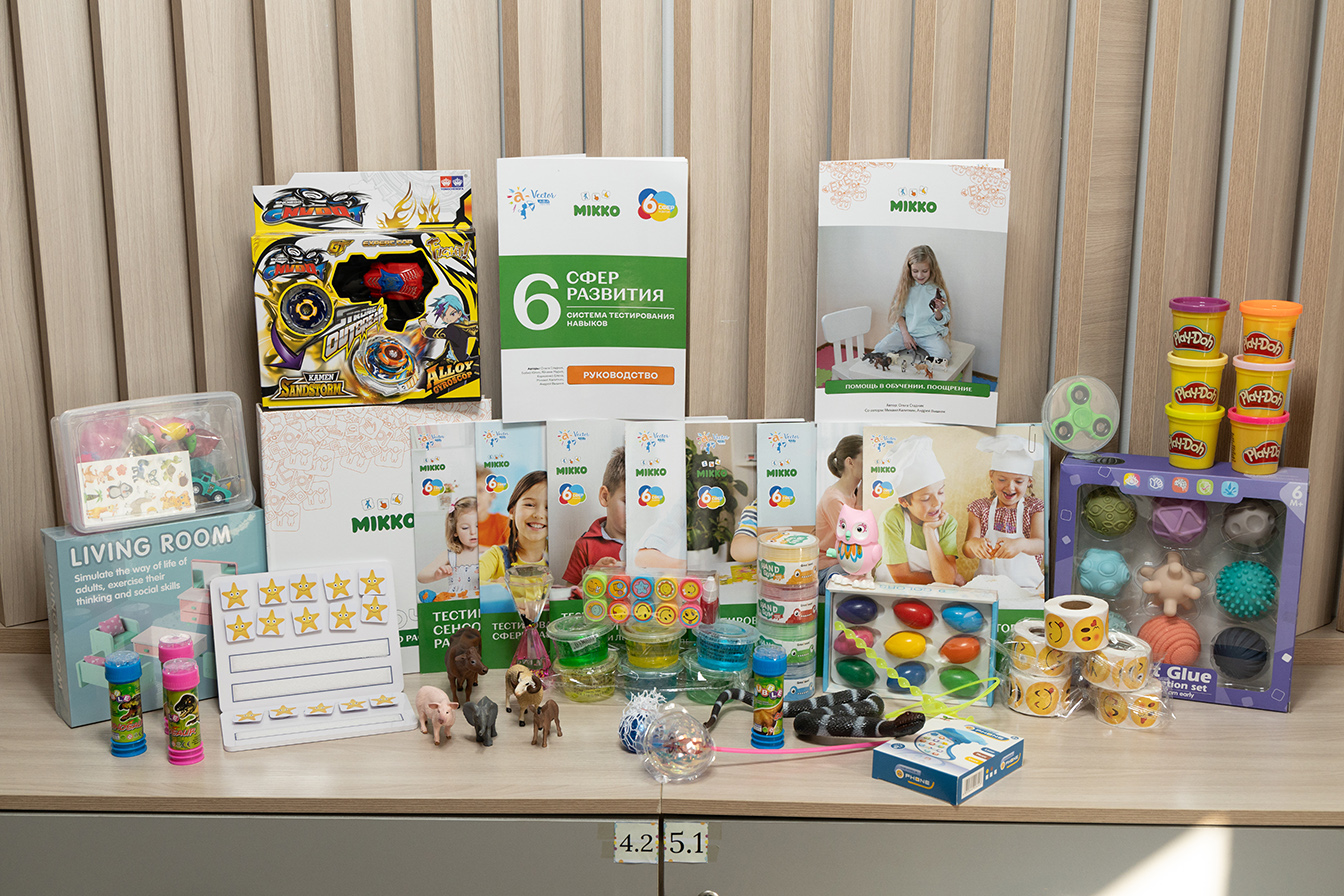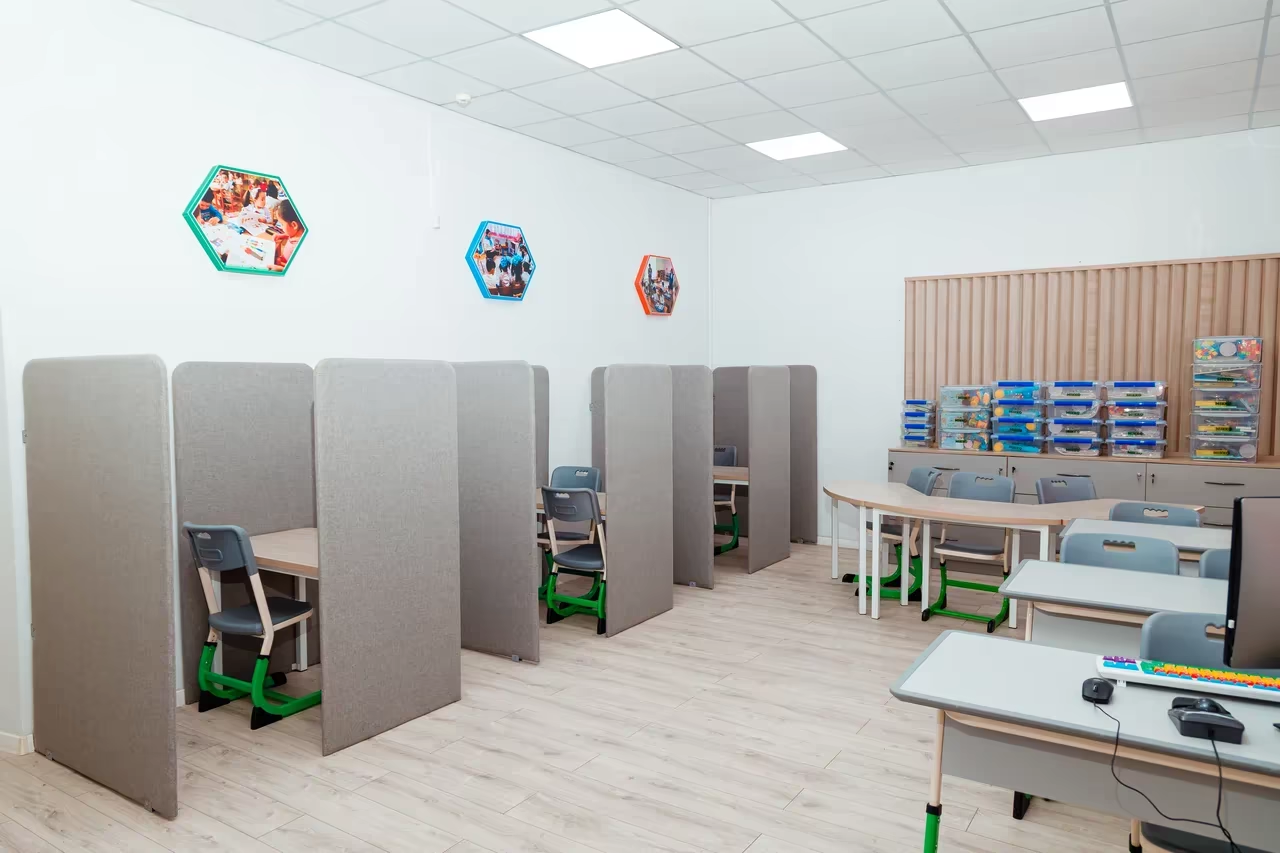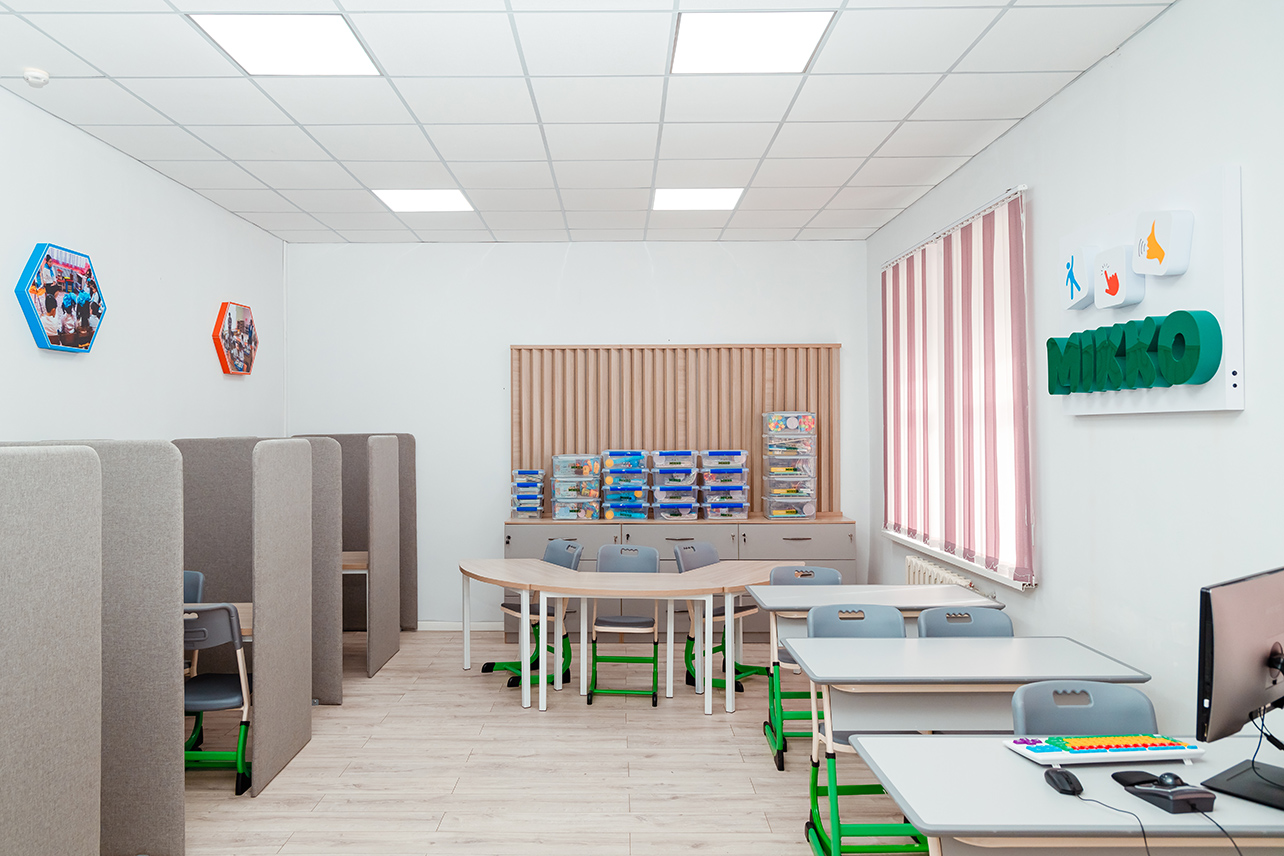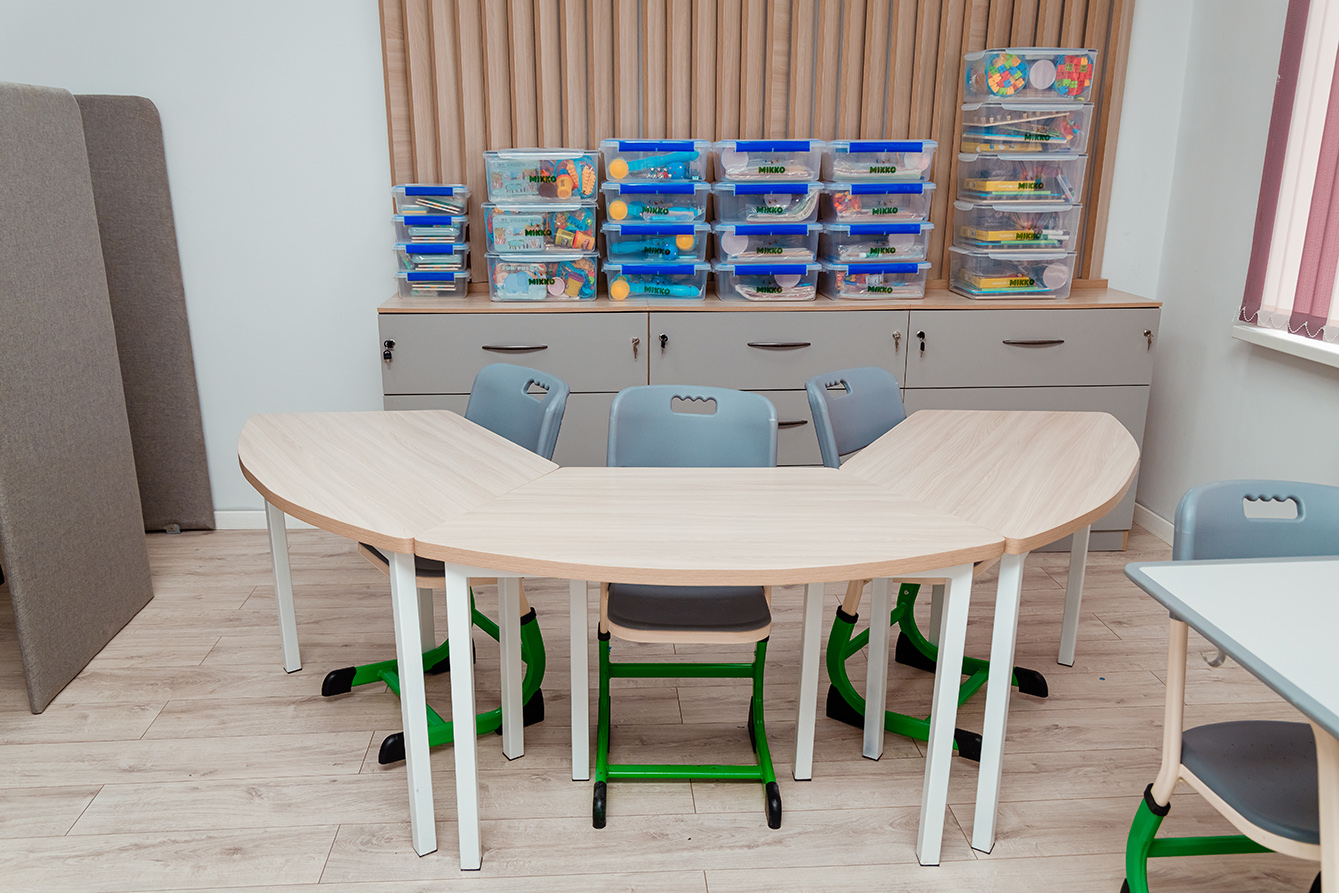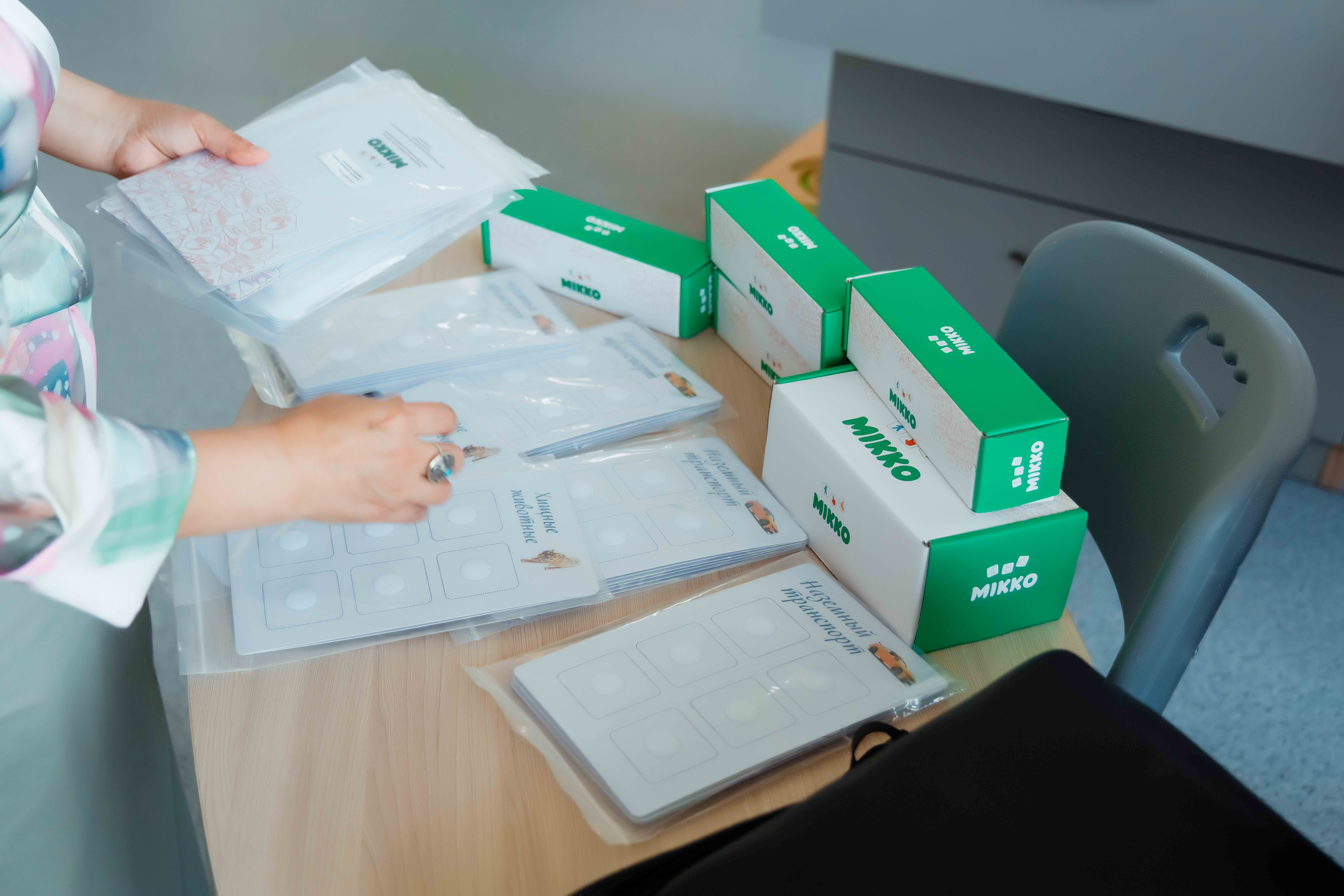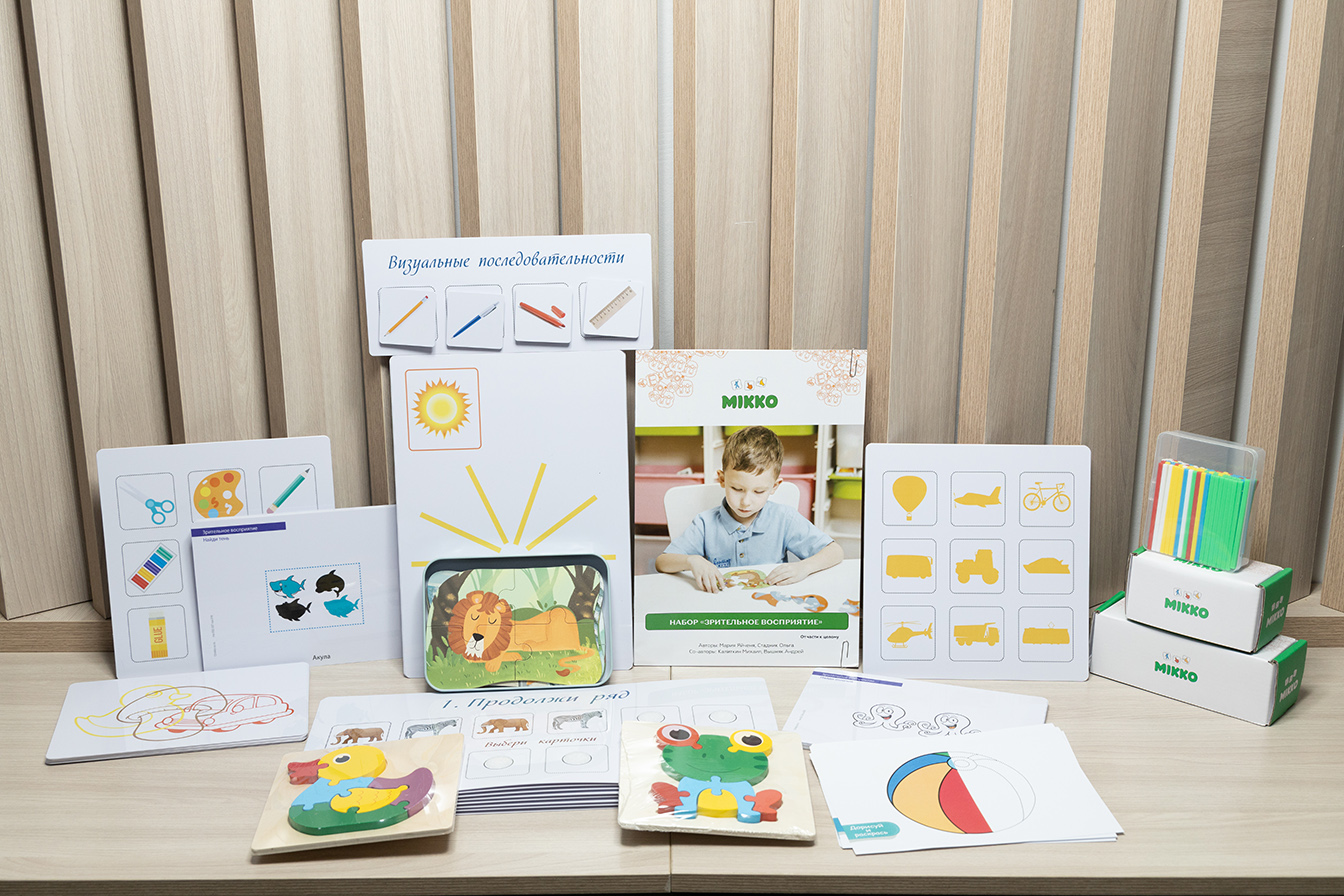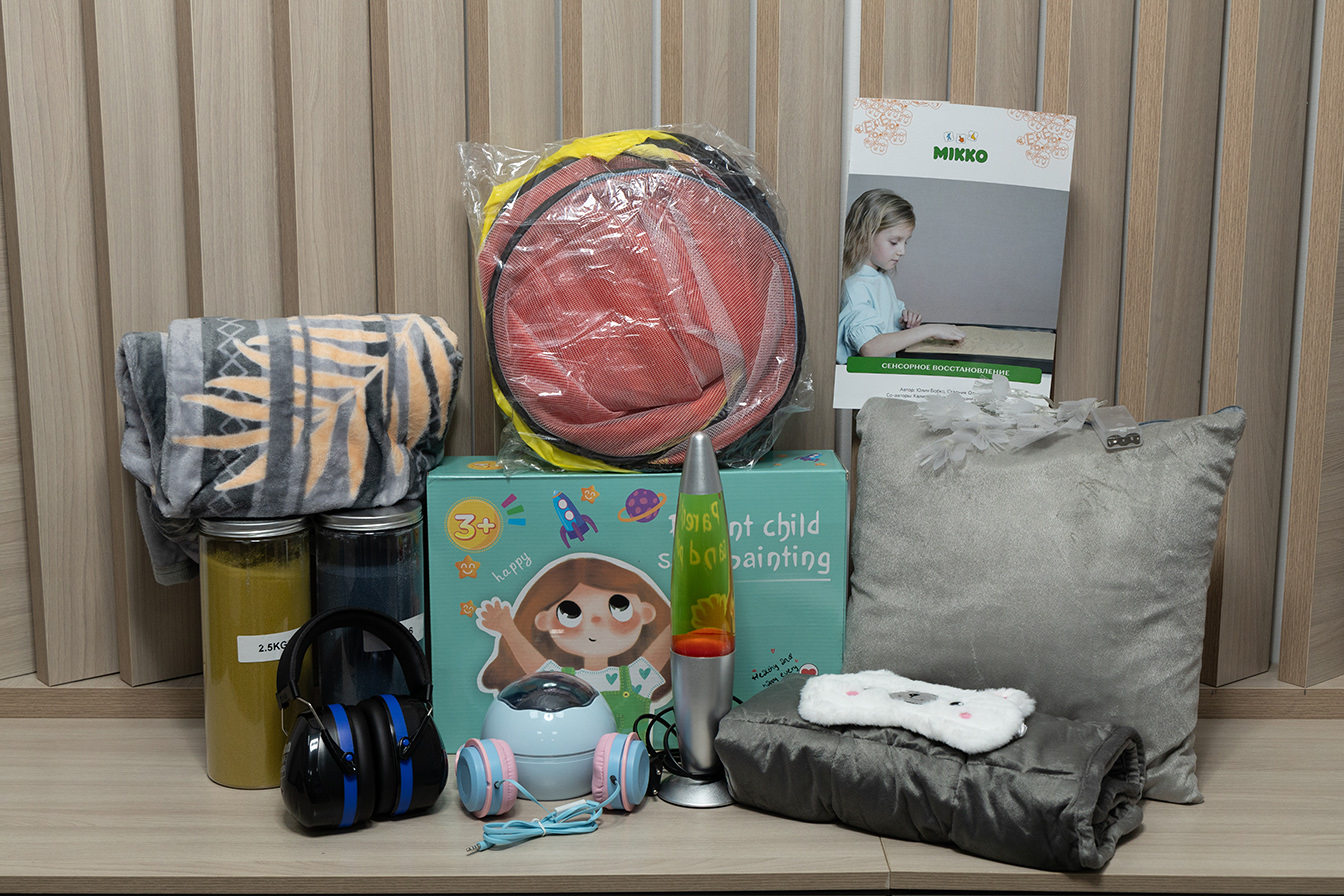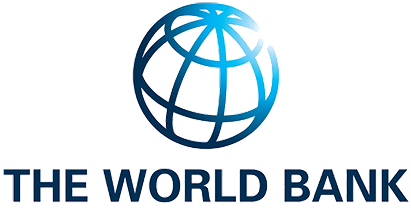Development of an Inclusive Education Model in the Republic of Kazakhstan (QCBS-12)
Design and implementation of a national inclusive education model.

Project overview
This project is a component of the World Bank’s Education Modernization Project No. 8709-KZ, implemented in partnership with the Ministry of Science and Higher Education of the Republic of Kazakhstan. It focuses on the development and implementation of a comprehensive model for inclusive education in Kazakhstan. The model integrates key principles, methodologies, and tools to ensure equitable access to quality education for all learners, including children with disabilities and special educational needs. The project developed a structured framework that includes the following elements: goals and principles of inclusive education; methodological basis; supporting infrastructure; personnel training; and evaluation and monitoring. The model involves all key stakeholders—teachers, parents, administrators, and students—creating a sustainable foundation for inclusive education in Kazakhstan.
Key results
Universities equipped with inclusion classrooms
Didactic kits and 1,830 teaching aids delivered
Sets (20,000+ didactic units) adapted and localized
Digital training courses developed (65 lectures, 24/7 access)
Sets of auxiliary and computer equipment delivered
Sets of specialized furniture installed
Project details
Under Component 1 (QCBS-12) of the World Bank Project No. 8709-KZ, UNOWA took part in developing a new national model for inclusive education in Kazakhstan. The goal was to create a unified framework combining modern pedagogical methods, international best practices, and localized solutions that respond to the realities of the national education system. This model became the cornerstone for systemic change — aligning inclusion policies, professional standards, and classroom practices into one coherent structure.
The model was built upon extensive research, analysis of global approaches, and field studies of inclusion systems in Europe and Central Asia. UNOWA’s experts, together with national partners, designed methodological guidelines, diagnostic frameworks, and inclusive teaching standards. These resources established clear principles for identifying children with special educational needs (SEN), planning individualized support, and integrating inclusive tools into everyday teaching. The work bridged global theory and local practicality, ensuring relevance and sustainability.
At the heart of the new model lies UNOWA’s proprietary methodology — the “6 Spheres of Development”.This framework provides a holistic view of child development across six domains: cognitive, speech, social-emotional, sensory, daily-living, and physical. It became the structural backbone of the inclusive model, allowing educators to assess and support each learner’s growth comprehensively. The approach helps shift the focus from diagnosis to potential, ensuring that inclusion becomes a developmental, not compensatory, process.
The QCBS-12 component focused not only on pedagogy but also on institutional implementation. Together with the Ministry of Education, UNOWA contributed to the development of regulatory standards and methodological recommendations for schools and teacher-training universities. The model defined key competencies for educators, introduced inclusion into curriculum planning, and established monitoring indicators for inclusive progress. As a result, inclusion became embedded in the national education framework — not as a pilot, but as a permanent system element.
The inclusive education model designed under QCBS-12 became the foundation for the next stages of the project — Components 2 and 3. It guided the creation of inclusion classrooms, the design of digital courses, and the development of trainer programs. Today, this model serves as a replicable template for other countries seeking to integrate inclusion at the systemic level. By combining evidence-based research, technological tools, and human-centered design, UNOWA helped Kazakhstan take a decisive step toward a future where every child can learn, grow, and belong.
Project partners
Resources

